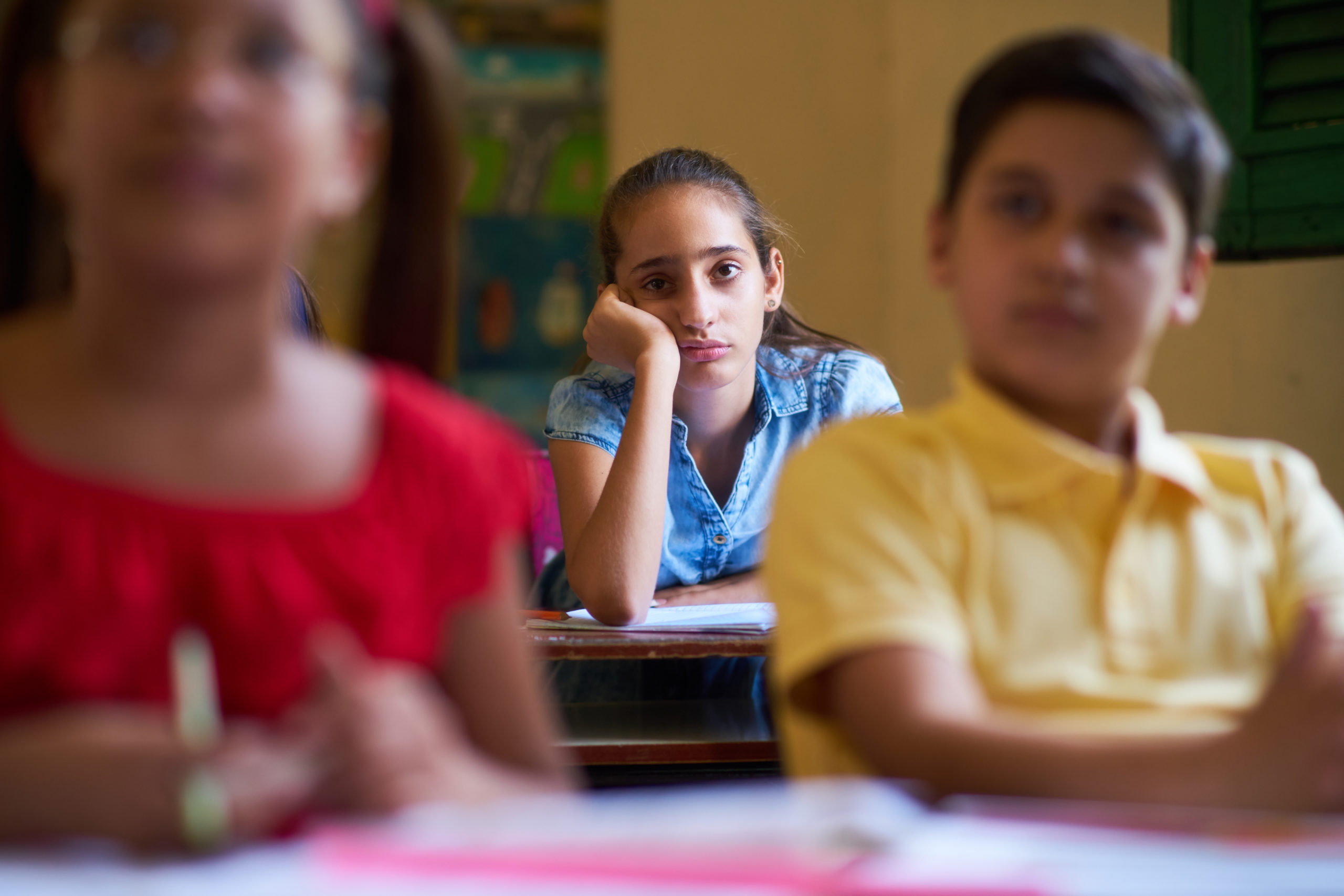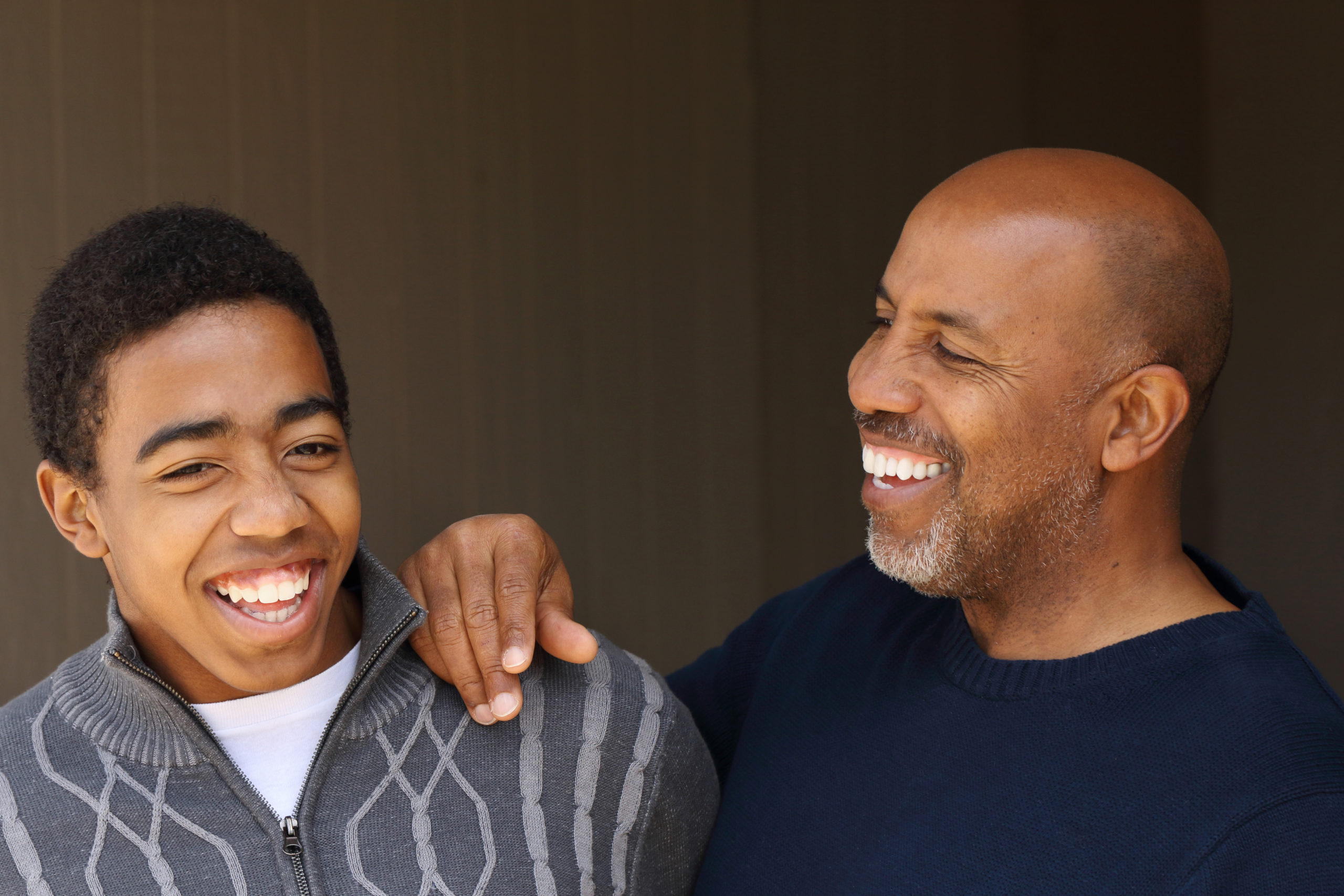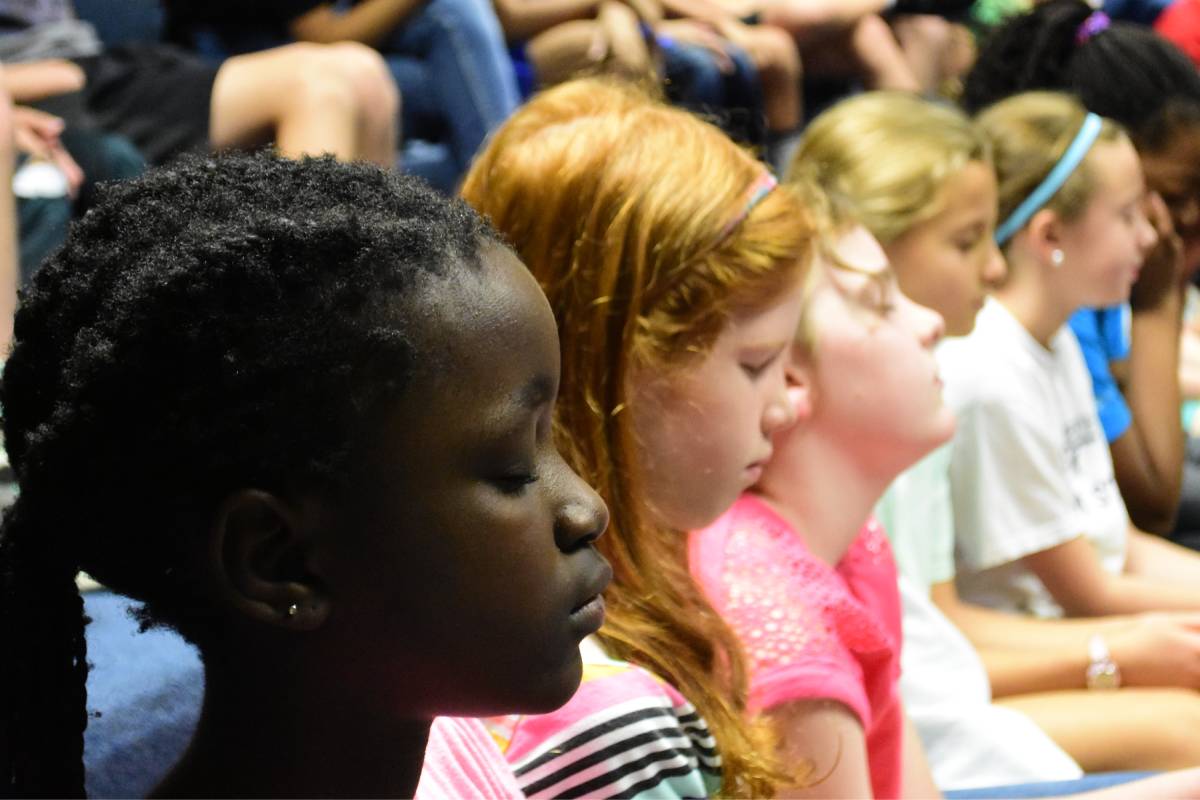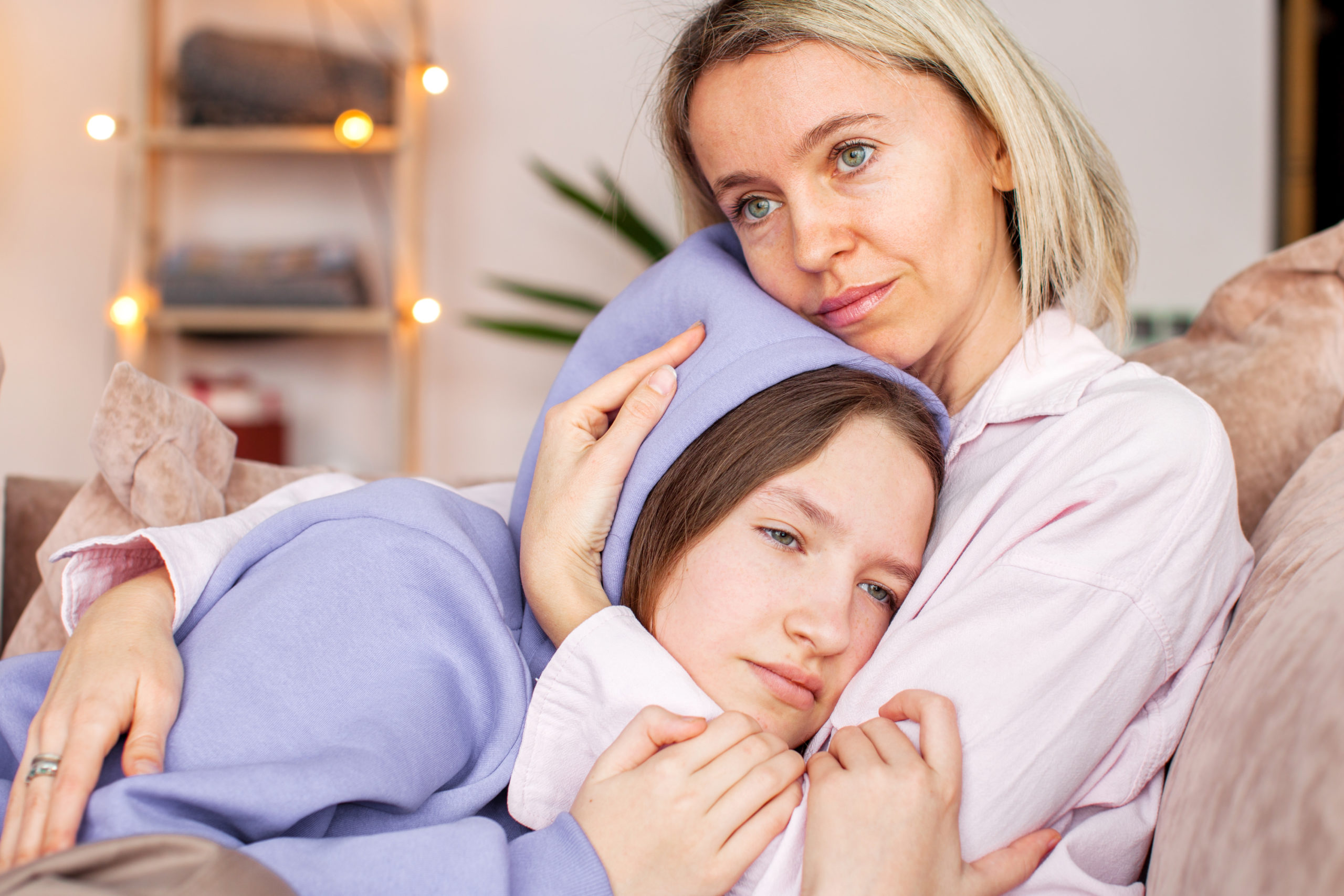
Back-to-School: Helping Kids Cope with Anxiety after Violent Events
Jessica Fowler, MS, CADC
Substance Use Prevention Senior Specialist
It’s become an all too common occurrence. Families are preparing to send kids back to school in the aftermath of violent events, such as the recent deadly shootings at Robb Elementary School and Highland Park. Typical back-to-school nerves may be exacerbated by uncertainty about safety causing added stress and fear. Additionally, many Black and Hispanic families, and families that live in poverty may also experience further stress and anxiety due to neighborhood violence (Children’s Defense Fund, 2018).
It’s a lot to deal with for parents and their children. Violent events – especially mass shootings at schools, leave most adults speechless, angry, helpless, and lacking control. Children may experience the exact same feelings. Each child uniquely responds to tragedy depending on their understanding and maturity, but nevertheless, tragedy can increase anxiety and stress in children of all ages.
Fortunately, there are effective strategies adults can use to support children and youth when they have feelings of fear and anxiety. Experiment with these tips this summer to help ease the transition to school.
Practice self-care: Take care of yourself first. To support children, adults have to be in a good emotional space. Self-care helps adults be at their best and sets a positive example of how to respond appropriately to stress. If adults respond to stress calmly, the child is more likely to model this behavior.
Find a good time to approach your child: It can be difficult to discern if younger children are anxious or stressed. Adults may notice a young child is crying more or is more irritable, so wait for the child to be calm to talk with them. As children get older, they are more likely to approach adults with difficult questions. Get creative with conversations: talk during a walk, a car ride, or after dinner. Find a time that is less stressful to broach tough topics.
Listen: Listen earnestly to children and validate their feelings. Avoid downplaying their concerns or fears. Adults can model healthy communication and validate emotions by sharing that it is normal to feel anxious, afraid, or concerned about safety. When adults are open about their own feelings, children are more likely to communicate their fears and anxiety.
Communicate safety plans: Adults can help children feel safe by communicating safety protocols that are in place. Reassure children that they can find protection with family, loved ones, and trusted adults. For older children who may be moving to college, adults can help them find campus security numbers, the student health center’s number, and counseling center information.
Spend time: Remind children they are safe, loved, and valued. Take advantage of “down time,” when things may be less stressful, to ask how they are doing – even if they say everything is “OK” or “fine.” This will help set a precedent for stressful times and increase the potential children will seek support when they most need it.

Be available: Kids have questions. Adults may not have all the answers, but you can acknowledge the question and let children know you will do your best to find answers.
Anxiety or higher stress levels, such as persistent worry about safety, can also create a physical “fight-or-flight” response. In these situations, adults often may feel helpless, fatigued, sad, disconnected, numb, or foggy. Children have the same experiences. Asking constant questions, fidgeting, crying, over-sleeping, or acting avoidant may be signs of anxiety in children.
Here are a few strategies adults can use to help kids reset in these moments:
Square Breathing: Try Square Breathing, a technique for breathing deep and slow.
Chest Ice Pack: Place an ice pack on the child’s chest for 15 minutes. The ice pack sits on the vagus nerve, which is the calming aspect of the nervous system. This act stimulates the parasympathetic nervous system, which helps the body relax. Running wrists in cool water or holding an ice cube are other ways to signal the body to relax.
Push Against a Wall: Push against the wall for 10 seconds. This activity helps the muscles in the body contract through the act of pushing, which then helps relax the body and release feel-good hormones into the body. Learn more.
“Hot Chocolate Breathing”: Try this visual way to help children and adults learn deep breathing with Hot Chocolate Breaths.
Take time to practice some of these activities before school starts. The more adults and children practice these skills, the more natural they become. Using reset skills, self care, and open communication may help return a sense of control. Adults and children will be more empowered to manage stressful emotions, including those that result from traumatic events.
Featured Poe Program: Foundations of Wellness
Participants: 9th-12th grade
During this 90 minute program, participants will explore the positives and negatives of stress and the impact ongoing stress can have on their bodies. Attendees will be able to identify signs of stress and symptoms of anxiety and depression. Throughout the program, participants will learn tips and techniques that support self-care. These tools will help empower youth to develop a plan to decrease ongoing stress, promote a wellness routine, and to talk to trusted adults and support their peers.
Be on the lookout for the middle school MindWELL program announcement in the fall.

Featured Resource: Resources for Mass Violence and School Shootings
When tragedies happen, it can be difficult to understand and to explain to children. Children need adults to provide support, love, structure, and hope for them to learn to cope with these tragedies. This collection of resources may help when talking to children, learning to cope, and helping children find hope when they are feeling increased anxiety and fear.

Sources:
Children’s Defense Fund’s Parent and Child Trends Survey
Porges S. W. (2009). The polyvagal theory: New insights into adaptive reactions of the autonomic nervous system. Cleveland Clinic Journal of Medicine February 2009, 76 (4 suppl 2) S86-S90.
